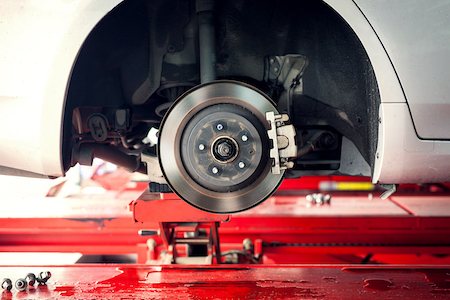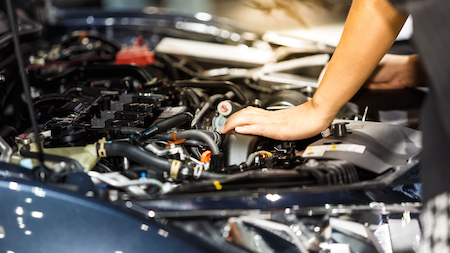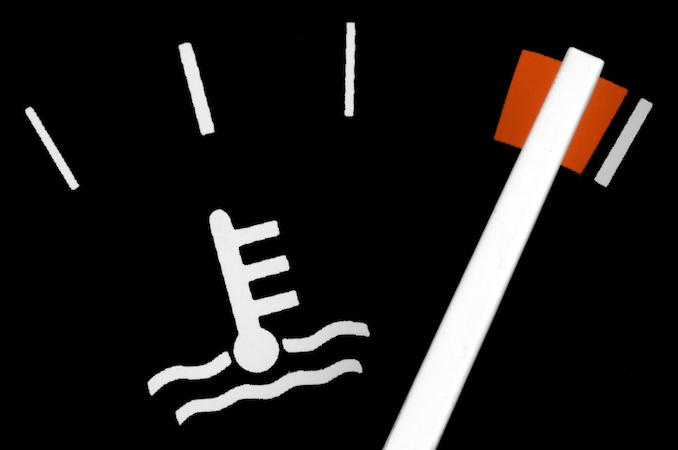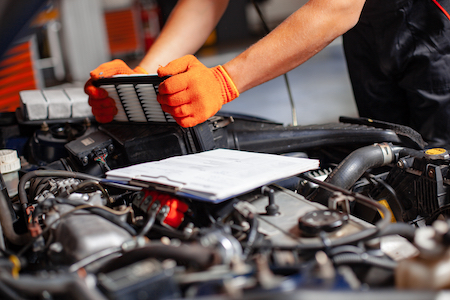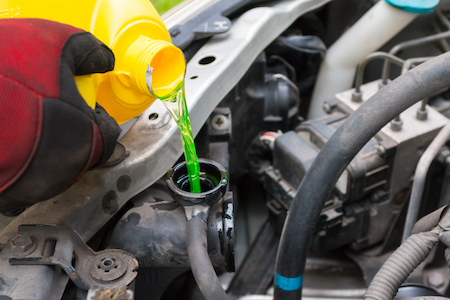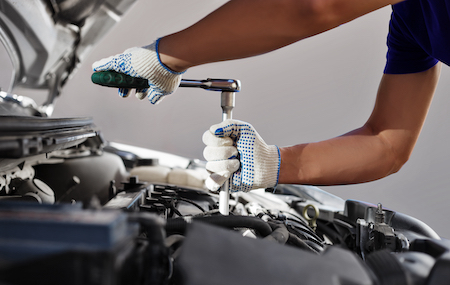Living in Colorado means you’ll never have a dull moment when it comes to the weather. One day may see snow and cold, followed by record-breaking heat that leaves you sweltering under the sun.
Imagine how your car feels as it hits the hot pavement, sitting in traffic, heat moving all around it. Heat impacts a lot of things: the tires, the engine, gas mileage. But it also impacts something you might not think much about: your transmission.
What is a transmission?
Your car’s transmission is one of the most critical components. It’s what moves power from the engine to the wheels. It’s what makes your car go.
Most modern vehicles today use an automatic transmission. If you drive a high-performance vehicle, you may still have a manual transmission in place – a stick-shift requiring you as the driver to take the necessary steps to move the gears into place.
With a manual transmission, the driver pushes in a clutch and selects the proper gear. It uses a flywheel, pressure plate, and clutch to disengage the transmission from the engine. This flywheel and pressure plate are connected to the engine, with the clutch between to connect the transmission. Every time you shift, you push the clutch to disengage the clutch from the engine, before moving into proper gear.
Automatic transmissions don’t use clutches to change gears. Instead, they rely on a torque converter to move to the appropriate gear as you pick up speed and slow down.
Is the transmission overheating?
One of the most common reasons for transmission failure is overheating. Luckily, transmissions give tell-tale signs of overheating before catastrophic failure occurs. If you notice the symptoms and take quick action, it can be the difference between a quick fix and total transmission failure.
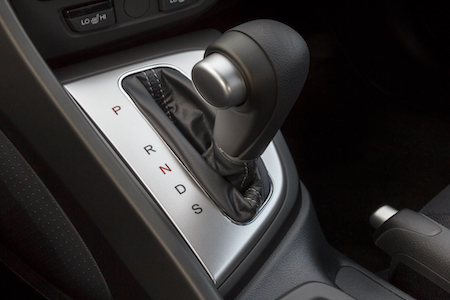
For an overheating transmission, you might notice:
- A hesitation or delayed gear shift as you are driving
- A grinding or shaking sensation that occurs while idling or accelerating
- The gears “slipping” when accelerating or slowing down
- A sudden burning odor inside and outside the vehicle
Any one of these signs is a warning to bring your car in for inspection quickly to avoid bigger problems.
How higher heat impacts our vehicle’s transmission
If you notice more vehicles by the side of the road during high heat, there’s a reason for that.
Even the most powerful cooling system in the world has a hard time standing up to high heat. You see it in your home with your air conditioner. You see it in your car with the way it operates. If the weather is hot and dry, it creates more heat in and around the engine compartment. It works hard to try and stay cool. The added stress of city driving can do more harm, especially if the transmission is under pressure.
Low or bad transmission fluid – transmission fluid is one of those additives that you don’t think much about because it isn’t like motor oil where you change it regularly. Most vehicles on the road today require transmission fluid changes every 30,000 to 100,000 miles, depending on if you drive a manual or automatic vehicle. Check your owner’s manual for more details. Transmission fluid keeps the transmission lubricated and ensures the components operate at an optimal rate and temperature. If the transmission fluid is running low, or has been compromised, it will cause the transmission to overheat.
Radiator or cooling system problems – the radiator and cooling system are responsible for keeping the vehicle cool regardless of what the outside temperature is, the driving distance, or how much pressure is placed on the vehicle. If the radiator or cooling system have issues, it leads to problems in other areas of your vehicle, including the transmission.
Solenoid issues – a failing transmission may also be caused by a problematic solenoid. A solenoid is an electro-hydraulic valve that helps regulate fluid flowing in and out of the transmission. If the solenoid goes bad, it prevents the transmission fluid from flowing freely through the system. This leads to a transmission possibly overheating, and eventually, total failure.
Transmission sensor problems – today’s modern cars have sensors throughout the vehicle regulating action and inaction. The transmission uses multiple electric sensors to help it run smoothly and regulate the entire system’s operations. If any one of these sensors goes bad, it can be enough to allow issues to start building within the transmission. If not caught and replaced early, it can lead to overheating.
How to keep transmission from overheating
Like other systems within your vehicle, maintenance is key to avoiding catastrophic problems. To keep the transmission healthy, be proactive with maintenance and instill preventative actions into your schedule.
Schedule regular maintenance
Cars need more than oil and gasoline to stay operational. Parts will wear out over time. That’s why it’s a good idea to schedule regular maintenance visits with a mechanic you can trust to ensure every system remains in good working condition. For your transmission, this means scheduling maintenance based on guidelines around age and mileage. An inspection can help you determine the best time for replacing fluids and parts.
Watch for warning signs
When you drive your car every day, you get used to the touch and feel of every system. You can tell when something isn’t right. Don’t ignore these signs. Even the little ones are warning you of potentially bigger problems. This is when you should schedule an inspection to ensure everything is working correctly. This can make the difference between a small part and a significant repair.
Treat your transmission with care
This is another reason to back off aggressive driving. Avoid idling for extended periods. Come to a complete stop to allow the shifting mechanism to complete its cycle. Avoid aggressive acceleration and deceleration. Pay attention to how you drive when you head up into the mountains.
If you continue treating your car with kindness, it will give you a long life virtually trouble-free. Maintenance is always a better, safer, and less expensive route than to take the attitude of “wait and see.”
When was the last time you had your transmission expected? Don’t wait until the heat impacts your vehicle. Schedule your appointment today.


